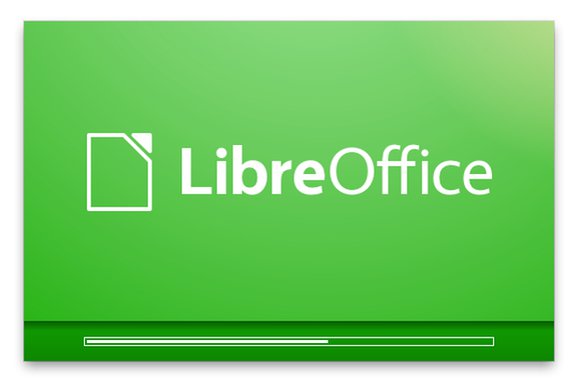First look: LibreOffice 5.3 takes a cue from Microsoft Office’s ribbon
But LibreOffice's new MUFFIN UI is opt-in and clearly still a work in progress

The latest pre-release version of the free and open source productivity suite LibreOffice 5.3 comes with a new tab-style UI codenamed MUFFIN (My User Friendly & Flexible INterface), which is an alternative to the old-school icon-bar UI found in previous versions of LibreOffice and its predecessor OpenOffice.
The idea isn’t so much to replace the existing UI, a la Microsoft Office’s “ribbon” interface, as to provide an optional approach that can be toggled on by the user. MUFFIN will co-exist with the current UI — for now.
When it’s enabled by way of the Toolbar layout menu option, MUFFIN adds a new Notebookbar option to the View menu in LibreOffice apps. (Notebookbar is the general term used in LibreOffice for the new toolbar layout.) Users can choose one of three basic styles for the notebookbar:
Contextual groups are similar to Microsoft Office’s ribbon arrangement, with the most common menu options displayed in labeled groups. However, in the version of LibreOffice I tested, the groups won't resize to fit if you resize the application window, like Office’s ribbon does; the groups simply overflow across the right edge of the window. This option works best, right now, with a window that’s fully maximized.
Contextual single is essentially the same as the conventional icon bar with two changes: The icons are smaller, and the conventional icon bar would indicate with a drop-down arrow when icons overflowed out of view to the right. Here, the arrow is not available, and you have to resize the window to see everything.
Tabbed is more or less as it sounds: It provides a top row of text-labeled tabs, with rows of text-labeled controls below. So far, this is the closest thing to the Microsoft Office ribbon in LibreOffice — although it still has behavioral quirks. Arrows indicating hidden controls appear when you resize the width of the window, but they don’t appear consistently when you switch between tabs.
 InfoWorld
InfoWorldA control on the leftmost end of the tab list provides quick access to some common options — open, save, print — and lets you toggle the visibility of the main menu bar.
MUFFIN complements another UI addition, a pop-out sidebar that provides useful shortcuts to formatting, layout, and navigation functions. It was donated from IBM’s Symphony fork of OpenOffice, after that project ceased development. Project Renaissance, another OpenOffice initiative, was also intended to rework the OpenOffice user experience, but it never took off.
Currently, the pop-out sidebar provides more actual functionality than MUFFIN, if only because it’s more polished and feature complete. What’s potentially jarring is that the sidebar and the MUFFIN interface behave in altogether different ways. You can collapse the sidebar with a single click, for instance, but MUFFIN’s various views don’t have one-click-to-collapse. It’s likely more polish will be added before LibreOffice 5.3 sees full release.
The smartest thing the Document Foundation has done is make MUFFIN an opt-in offering. Many were irritated when Microsoft imposed the ribbon UI unilaterally on its product line. According to an explainer created by the Foundation, the ability to choose is “based on the respect of user needs rather than on the imposition of a single UI to all users, independently from their generation, PC hardware, and computer skills.”
The trick will be to make that ability to choose does not come at the cost of the suite's utility — in other words, to make sure the choices add real value and not simply superficial variety.
As with every other major LibreOffice release, this one includes a host of other fixes and improvements. Drawing tools for arrows, originally created for Draw and the Impress presentation app, are now available in the word processor and spreadsheet app as well. PDFs can now be inserted into documents as if they were images. And Safe mode allows LibreOffice to be launched with a clean user profile, in the event an add-on or corrupted setting breaks things.
LibreOffice Online, a reworking of the LibreOffice core code to create a web-based collaborative office suite akin to Google Docs or Office 365, is another LibreOffice project that’s been brewing for some time. Source code for LibreOffice Online is scheduled to become available with the release of LibreOffice 5.3, and a Docker container for LibreOffice Online is already available.
Copyright © 2017 IDG Communications, Inc.





